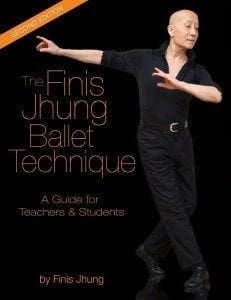RISING ABOVE – OVERCOMING SETBACKS ON YOUR UPWARD TRAJECTORY
A life devoted to ballet offers many chances to be graceful – just not always in the ways you might imagine
My spirits should have been soaring. It was 1965 and The Harkness Ballet of New York was making its official debut in Cannes, France. I was a soloist in a company of 40 dancers, fulfilling my humble dreams as a small child in WWII Hawaii. Even so, I was not a happy camper. Of the 18 works in our repertory, only three were classical – my passion and forte. Worse still, I never got to dance them onstage.
Much of ballet is centered on strength and grace. I found it hard to exhibit either limited to supporting roles as “exotic” characters. In fact, it was hard for me to take ballet seriously at a time when much of my time on stage was spent on the floor wearing knee pads rather than soaring through the air. It was particularly difficult to exhibit grace as the better parts went to other dancers. While I had great respect for their abilities, I felt with proper rehearsing I could do as well as they.
Luckily for me, our guest star was the great Danish dancer Erik Bruhn. He was the recognized “King of Ballet”— a living legend with phenomenal technique and extraordinary grace and beauty. He helped me to understand that what separated the elite performers from the merely remarkable was not ability, but approach. Great stars always work overtime. Erik took me under his wing and became a mentor – let me sit in his dressing room while he made up his god-like face (and hair); let me do the pre-show warm-up with him; and coached me during rehearsals. In all things, he showed me how to do my best.
Erik also taught me the importance of repetition – applying the same process to achieve the same result – day after day. Essentially, how you practice is how you play. After working with Erik, I was no longer concerned with what roles I had, but concentrated on perfecting my technique in preparation for better parts. Which did come with changes in our repertory the following year.
Since then, my own experiences as a teacher have taught me that the world is a better place when every individual is inspired to reach his or her fullest potential. Working with adult novice beginners is especially gratifying, as our sessions aren’t only about improving technique but also enhance the quality of life.
Whether you are a banker, doctor, lawyer, stay-at-home parent or billionaire CEO – the principles apply: discoveries in ballet lead to discoveries in life. Deeply immersing yourself in the movement process can lead to new life-changing thoughts in daily life.
With dedicated repetition of the fundamentals, both student and teacher steadily move forward with knowledge, grace, vitality and strength.






